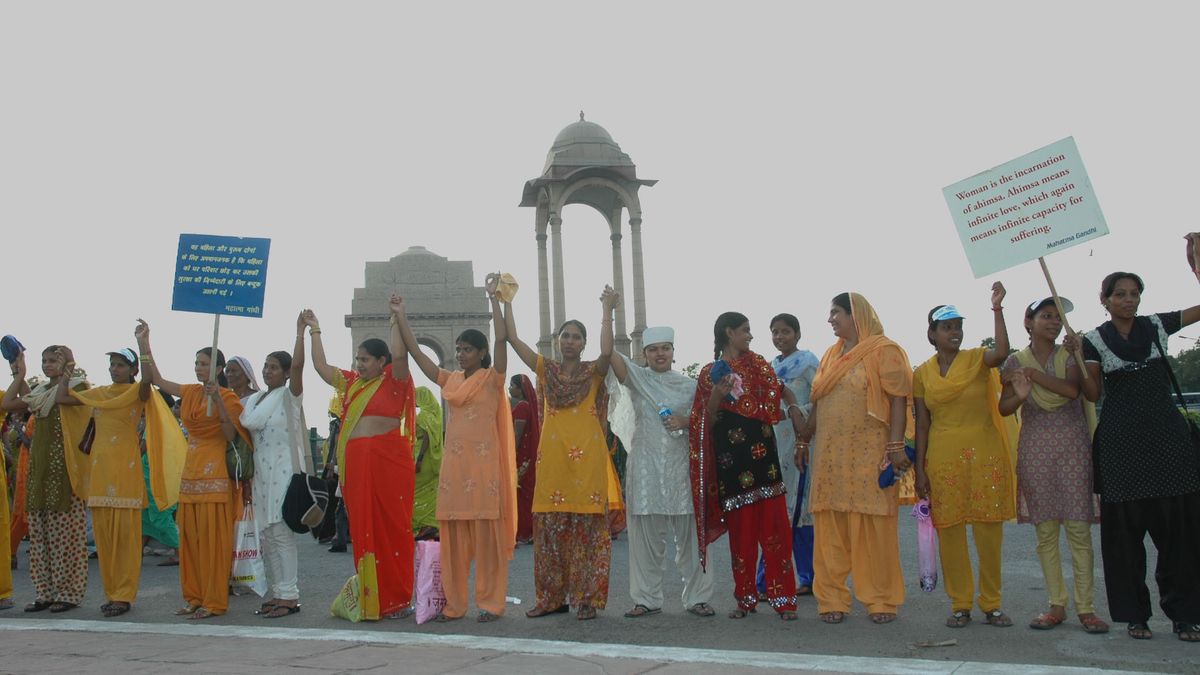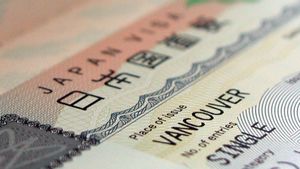JAKARTA - More than 1.3 million women and girls went missing in India between 2019 and 2021, according to government data.
India's Home Ministry told parliament more than one million girls (1,060,000) over the age of 18 and more than 250,000 under that age went missing over three years.
The data collected by the National Crime Records Bureau, which reports to the ministry, was presented in parliament by junior Home Minister Ajay Kumar Mishra.
In 2021 alone, 375,000 women aged over 18 and 90,113 girls under that age were reported missing, the ministry said.
"It is the responsibility of individual state governments to maintain law and order, including the investigation and prosecution of crimes against women," said a ministry statement.
The highest number of cases is in Madhya Pradesh state, where nearly 198,000 women and girls have been reported missing in three years. West Bengal followed with nearly 193,000 cases, while Maharashtra reported 191,000 cases, while the Indian capital, New Delhi, recorded 90,000 cases, according to NCRB data.
Although the NCRB data does not include cases that have been resolved, police in Gujarat said in May they had found 39,500 of the 41,000 women and girls reported missing in the state.
State police say they are using public announcements, social media and the help of volunteers to track missing people and reunite them with their families.
The NCRB further said the reasons for the women's disappearance included "mental illness, miscommunication, accidents, domestic violence and being victims of crime".
Other common causes are trafficking for forced marriage, domestic work, sexual exploitation and child labour, the agency said.
"Some young people have run away from home because of the unbearable conditions of abuse and abuse," the NCRB noted in its report entitled 'Missing Women and Children in India 2019'.
"They become vulnerable to trafficking, violence, drug addiction, prostitution and the risks of exploitation and complicity in crime," the agency continued.
"Many missing people end tragically, such as murders, suicides, or accidents. Many missing people end up being victims of human trafficking," he stated.
The government told parliament it had taken a number of steps to ensure women's safety, such as passing laws that carried severe penalties for sexual offenses, including the death penalty for the rape of girls under the age of 12.
It is known that the Emergency Response Support system, which was launched after the brutal sexual assault of a medical student in Delhi in 2012, allows women across the country to seek help through a single emergency number.
The Ministry of Home Affairs also launched a national database of sex offenders in 2018, to help law enforcement agencies investigate such crimes and track down perpetrators.
However, women's rights activists say these steps are not enough.
SEE ALSO:
"The government's measures are not addressing large-scale trafficking networks," Kavita Krishnan, a women's rights activist, told The National.
"These ideas can only help individuals who are in a position to make a complaint," he said.
"This is a chronic problem. There has never been a policy on missing persons. There may be many reasons for the large numbers, but the bottom line is that this is a chronic problem," Krishnan said.
"What should be the government's response to that? What are the reasons for areas experiencing large-scale enforced disappearances?" he closed.
The English, Chinese, Japanese, Arabic, and French versions are automatically generated by the AI. So there may still be inaccuracies in translating, please always see Indonesian as our main language. (system supported by DigitalSiber.id)


















